I hope so - as it says Dev Kit vs module! - Have just ordered mine to try & break, sorry, test & evaluate!.. 

Yes, it’s the dev kit, for 39 including VAT (just fill in 1 for VAT).
The Getting started file tells “We have developed and tested our code only in the windows version of Modus Toolbox.”.
Good news for you: I tested the module with ModusToolbox on MacOSX and I was able to successfully program it (although with some red lines in the console, less than the ones I see on Windows). Now I have to buy a CR2450 to test it alone 
By the way, the Module web page mentionsPsoC Creator as IDE, you may want to update it.
Successfully programmed the developer kit (Onethinx Core module v18.01) with ModusToolbox on Linux (Ubuntu 18.04.2 LTS) today. Really easy to set up and works great! Currently running the LightSensor example application standalone on a CR2450 coincell. Reliable transmissions every 15 minutes from my desk to my local DIY gateway (iC880A/RPi) and a 2.98 km distant The Things Gateway (outoor, 15 m altitude).  Good job Onethinx team!
Good job Onethinx team!
An update from me too: I too programmed the Light Sensor example, and tested integrating it with TTNMapper when going from work to home. The farthest distance has been about 11km, but I know the merit is also of a well-placed gateway  Anyway, good job.
Anyway, good job.
@UdLoRa: How long could your devkit run the LightSensor example on one CR2450 coincell? Here at my desk a fresh off the shelf coincell powered the device for 7 hours, transmitting every 15 minutes. Obviously I should have checked beforehand if the example code uses the low power features of the module and at least disable the red LED (P12_5) 
I did not yet try, except for about one hour. I did your very same reasoning but in advance: I have to check low power modes to carry out a real test  but I did not have yet the time for.
but I did not have yet the time for.
We’re still working on the low-power modes and provide an update asap! If possible we want to use hibernate mode which puts the micro into sub uA current consumption.
We will probably provide the following APIs: LoRaWAN_Sleep(), LoRaWAN_DeepSleep() and LoRaWAN_Hibernate().
@Rolf1 The low-power mode API you describe sounds very promising to me. Really looking forward to seeing this implemented as I had planned to use the module for battery powered nodes.
In the meanwhile I could get the current consumption of my dev kit down to 678 µA by disabling the LEDs and entering hibernate mode inbetween transmissions like this:
Cy_SysPm_SetHibWakeupSource(CY_SYSPM_HIBERNATE_RTC_ALARM); Cy_SysPm_Hibernate();
But I guess with this I only hibernate the user core but not the core where the LoRaWAN stack runs? 
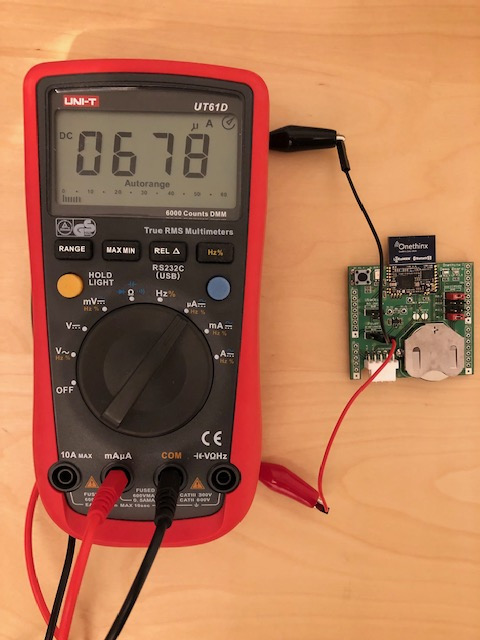
That’s correct. Unfortunately the stack on the M0+ currently doesn’t have the possibility to get into any of the low power modes.
At the moment we’re working hard on these power modes and we’ll provide updates asap.
btw: by measuring current using the header connections, the ground current of the LDO will be added to the readings. We provided the testpoint TP_M1 and TP_M2 to measure the current through the module only (don’t forget to remove the R6 zero ohms bridge).
I’ve added the schematics for your convenience: OT_LoRaWAN_Kit_01.pdf (514.8 KB)
Thank you for the hint with the testpoints. I removed R6 and measured current through TP_M1 and TP_M2 now. Surprisingly readings at my multimeter are slightly higher than before. Maybe I need better measurement equipment? Any recommendations?
Probably the current through the LDO is very small (1uA or so), so you currently won’t see the difference.
Spreading in measurements can currently be due to the difference of temperature or just measurement accuracy (repeatability).
Mine arrived yesterday - now just need to find time to get to grips with it! Oh, and forgot to order a CR2450 Battery so slight delay there too! 
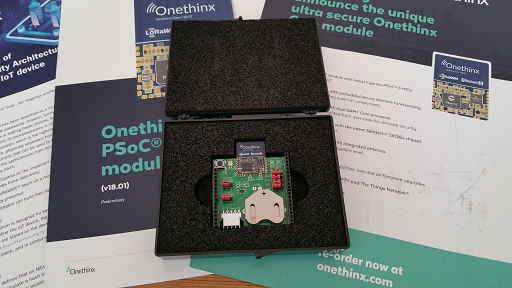
Might delay until low power libs/Api released…after as quick test of course!..
Current status of the PSoC6 hibernate current (without SX1261).
Sub microamp!! 

Goal reached. We’re continuing to work on the stack and prepare the low power API function calls for next release.
Comparison characteristics:
ARM Cortex M4: 3.40 CoreMark/MHz
Power consumption: 40uA/MHz
Flash: 1MB
RAM: 256KB
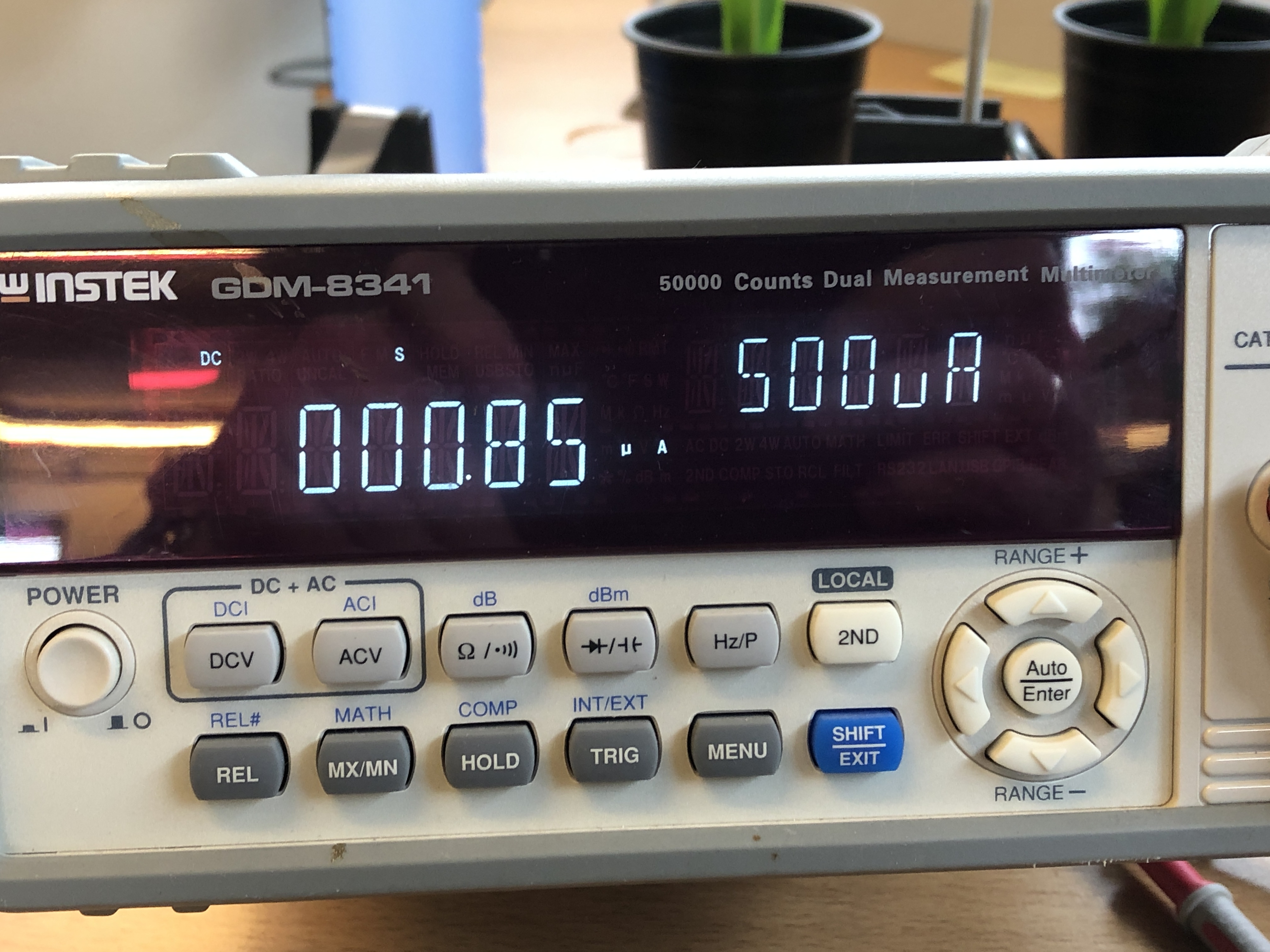
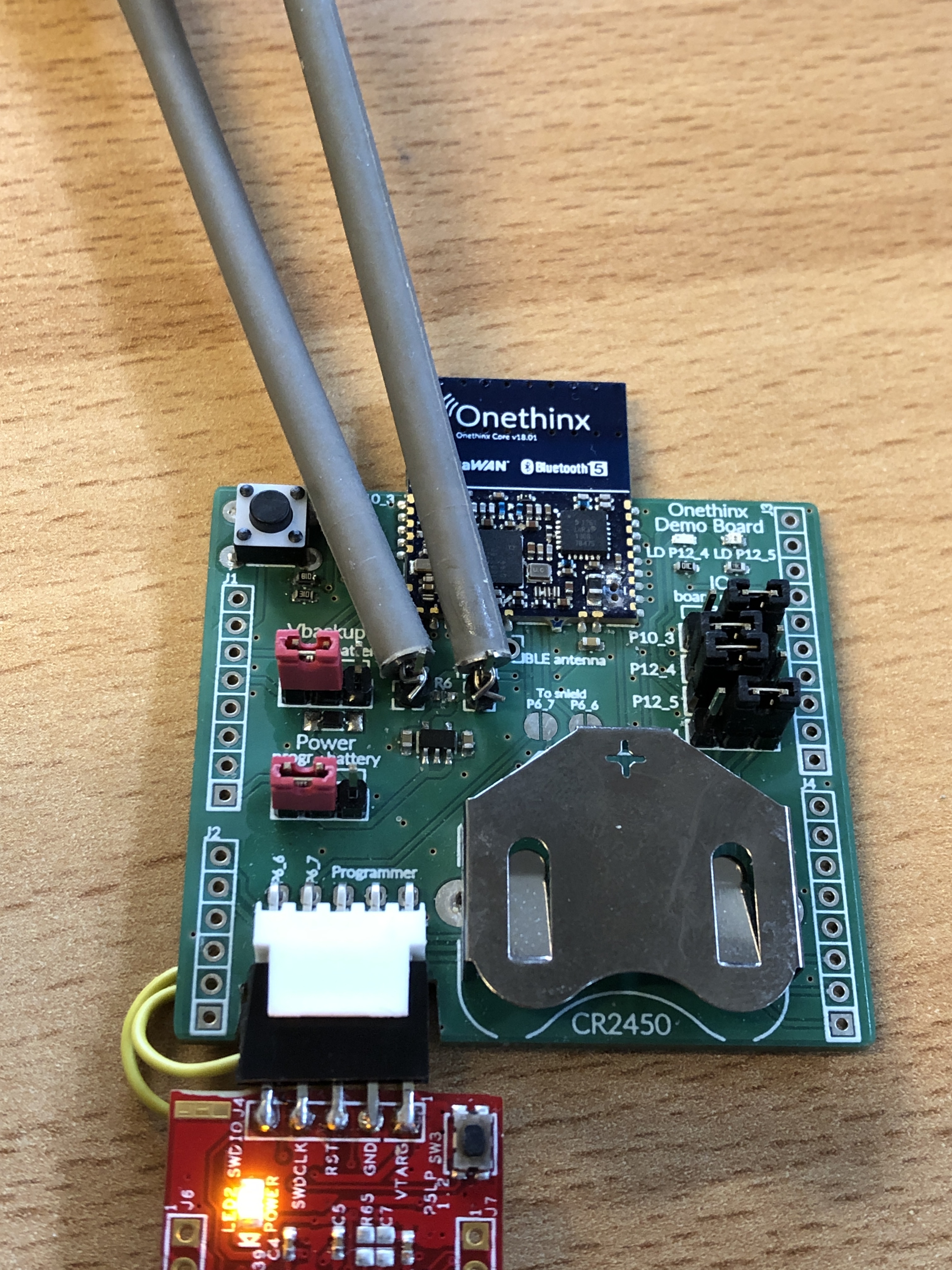



Batches of 2450 batteries finally delivered yesterday…perhaps get play time scheduled in for next week now! 
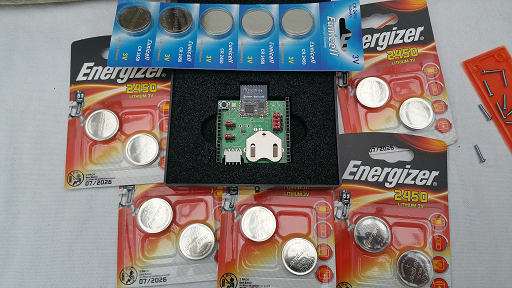
 if power consumption as low as suggested and shown above then looks like many years worth!..might need to get a few more modules if initial results and experience ok…otherwise internal self discharge likley to render batteries redundant before consumed
if power consumption as low as suggested and shown above then looks like many years worth!..might need to get a few more modules if initial results and experience ok…otherwise internal self discharge likley to render batteries redundant before consumed 
This is my temporary enclosure 
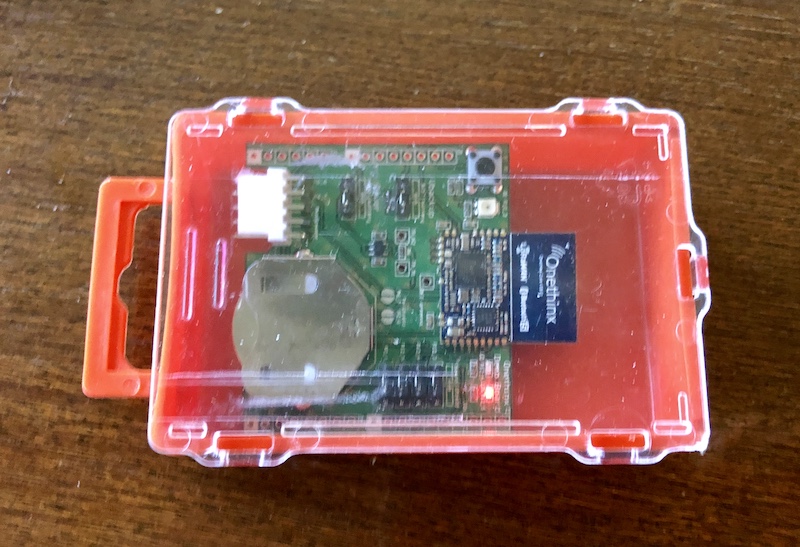
Mine is ordered and I cant wait !!
Looking to develop with the mbed OS, should be exciting.
Serge
anyone have one in a use case … experiences ? 
Still working on it, basically I am waiting for two things now. MBED support in terms of being able to flash firmware, I can compile already but because of the trickery of using one core for the Lorawan stack and locking some memory zones flashing is not straight forward.
Second is the low power API.
I know Rolf and his team are working on this.